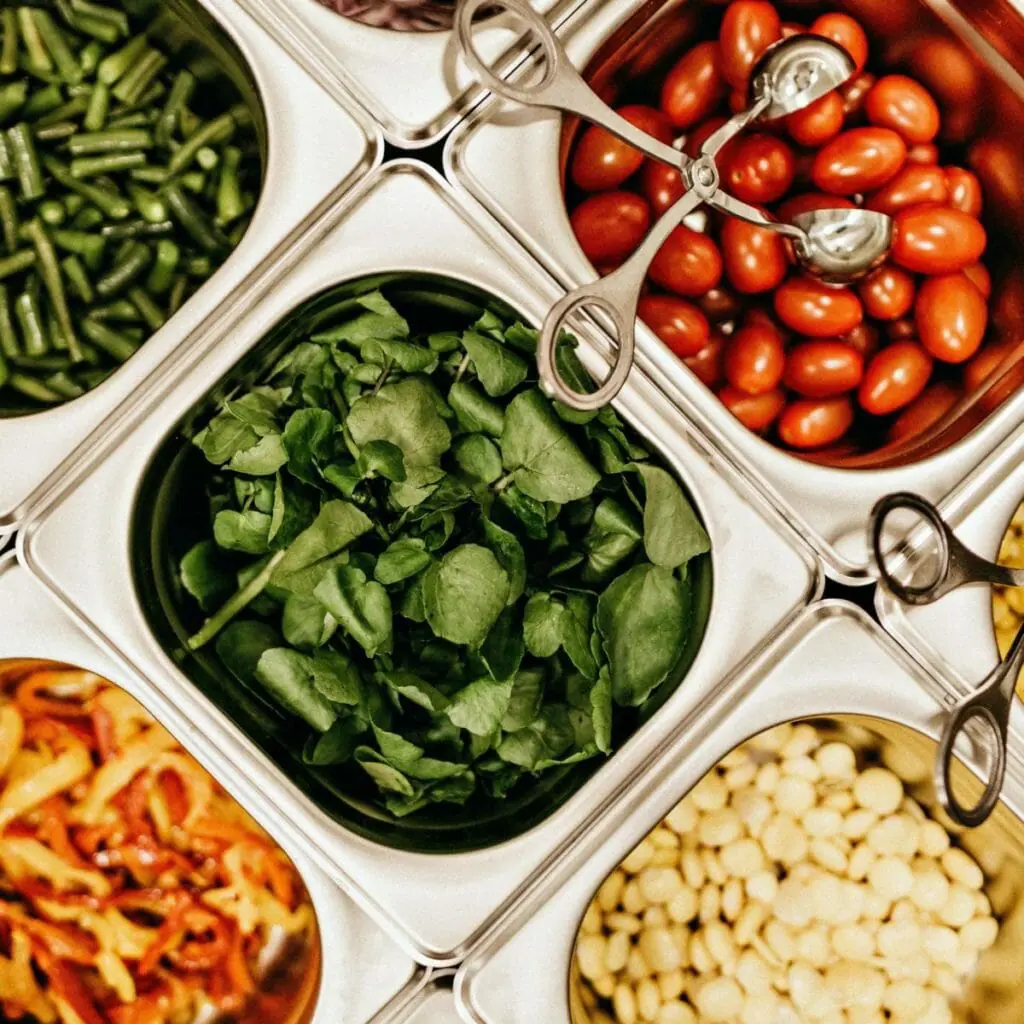
In March of 2021, the Biden Administration put forth a proposal called the American Jobs Plan, a bill that focuses on revitalizing the American economy and job creation by investing in American infrastructure. The primary focus of the bill is to invest in roads and buildings and to update public transportation systems. Although school nutrition is not a primary focus, this bill could be an opportunity to push for updates within school kitchen facilities in order to improve the access to and quality of healthy, nutritious, and delicious school food for our nation’s children (The White House, 2021).
Within the American Jobs Plan, President Biden has outlined plans to modernize and upgrade public school facilities, including updating school kitchen facilities. Many schools around the country have insufficient cooking equipment and outdated kitchens and many schools around do not even have a kitchen. As a result of the lack of cooking equipment and adequate facilities, many schools are limited in what meals they are able to prepare and serve to students and subsequently must rely on more pre-made and packaged food.
In 2012, a bill known as the The School Food Modernization Act was first introduced to Congress with the hopes of accomplishing the same goals. The bill outlines plans to provide funding to schools to update their kitchen facilities with the goal of improving school meals and increasing scratch cooking. The bill has been reintroduced each legislative session, however, the bill has failed to pass each time. As a result, Biden’s proposed infrastructure bill could be a great opportunity to allocate money to school districts in order to update and improve their school kitchen facilities and accomplish the goals outlined in the School Food Modernization Act (Library of Congress, 2021).
If provided with more resources and improved facilities, schools might be able to reduce their reliance on pre-packaged meals and could potentially increase scratch cooking. Increased scratch cooking would be a huge win nutritionally and would likely improve the quality of food that students receive (Trent et al, 2019). Improving food quality and nutrition value of school food is incredibly important given how many students rely on school meals each day. If students are more likely to eat food prepared in the cafeterias, they will have a better chance of receiving proper nutrients that they need for the day, which will contribute to their performance in school and their overall wellbeing. Proper nutrition is truly the cornerstone of youth success. One of the schools that I work with in Connecticut has a high percentage of students on the free and reduced meal plan. This past year, a new kitchen manager took over who was more committed to providing the students with food that was prepared with more care as well as more options. Participation in the school meals increased greatly, food waste decreased, and students were commenting on how much better the food was. Teachers even noticed that students were eating more and as a result were more focused throughout the day.
Additionally, increasing scratch cooking could also be an opportunity for the Farm to School movement. Being equipped with more processing and cooking equipment could allow schools to incorporate more fresh and local ingredients into their meals. In my own experience, one of the barriers to increasing scratch cooking is the equipment and space that school kitchens have available to them. Although many food service departments want to bring in more local ingredients and whole foods, barriers such as refrigeration space, processing equipment, and even something as simple as work tables can greatly limit their ability to do so.
Overall, investing funds into school kitchen facilities and ultimately into school nutrition is truly an investment into the nation’s youth. Providing school kitchens with the proper infrastructure and equipment that they need, would increase the kitchen’s ability to provide more delicious and nutritious meals, subsequently increasing the likelihood that a student will not only get a meal at school, but also that they will eat more of what is given to them on their tray. When students are receiving proper nourishment and feel cared for through their school meal it will increase a student’s focus and concentration, decrease behavioral incidents, increase academic achievements, and improve their emotional, physical, and overall well being (Trent et al, 2019).
Citations
Library of Congress . (2021, July 9). Titles – H.R.4379 – 117th Congress (2021-2022): School Food Modernization Act. Congress.gov. https://www.congress.gov/bill/117th-congress/house-bill/4379/titles?q=%7B%22search%22%3A%5B%22school%2Bfood%2Bmodernization%2Bact%22%5D%7D&r=1&s=1.
Trent, R., Ijaz Ahmed, D., and Koch P. (2019) Cooking Outside the Box: How a Scratch Cooking Pilot in The Bronx is Reshaping Meals in New York City Schools. Laurie M. Tisch Center for Food, Education & Policy, Program in Nutrition, Teachers College, Columbia University. December, 2019.
White House. (2021, May 6). Fact Sheet: The American Families Plan. The White House. https://www.whitehouse.gov/briefing-room/statements-releases/2021/04/28/fact-sheet-the-american-families-plan/.
Image source: Unsplash, Jonathan Borba